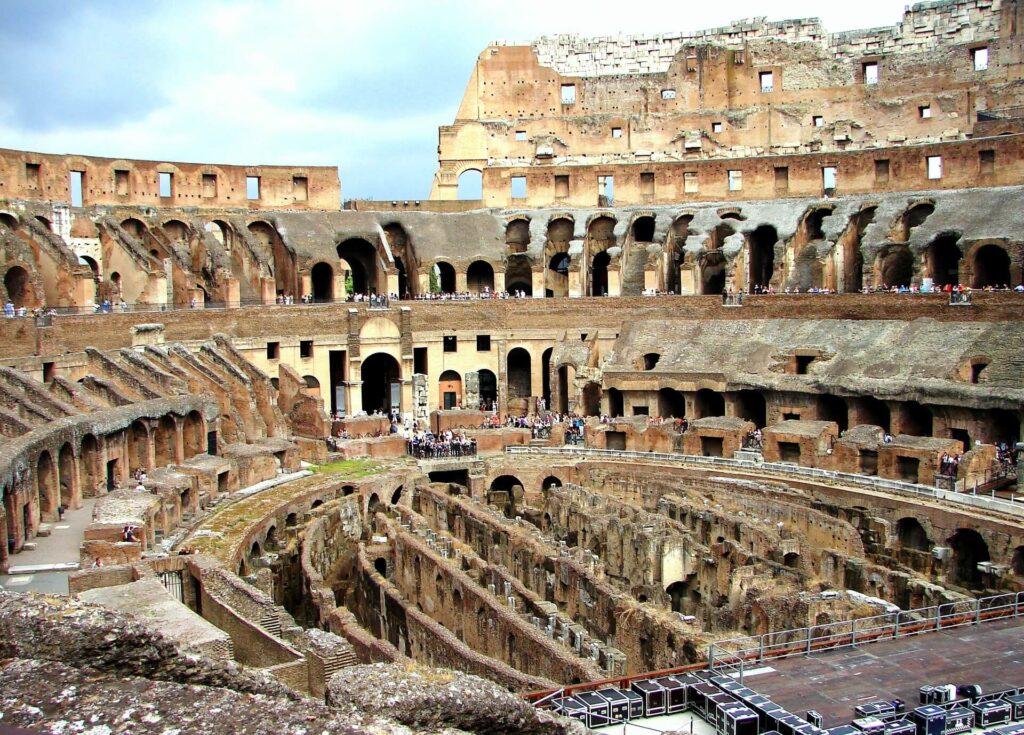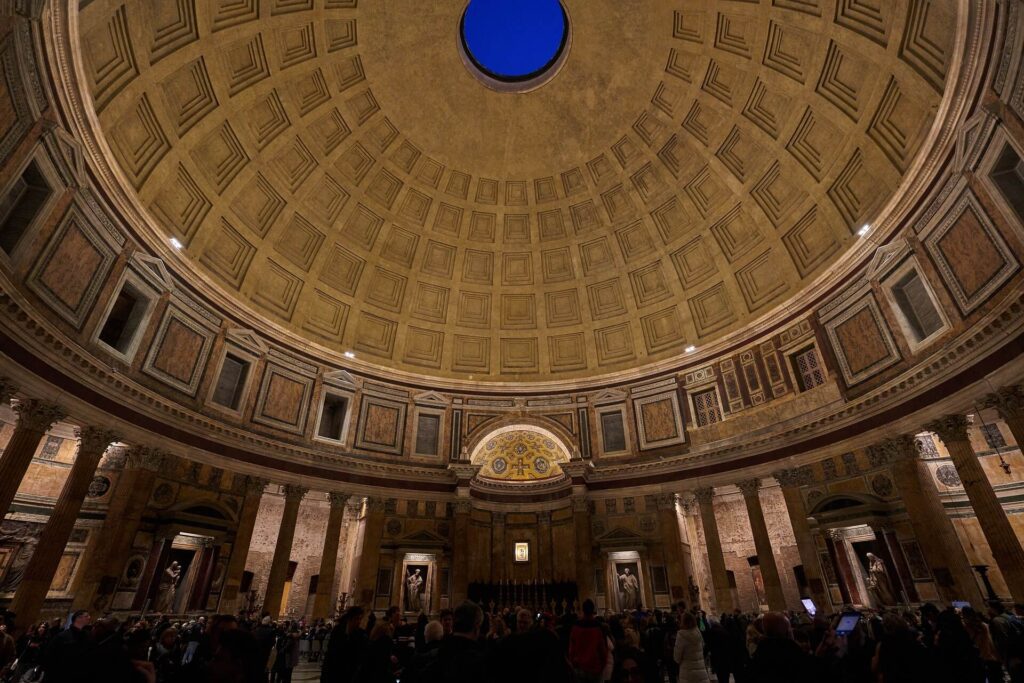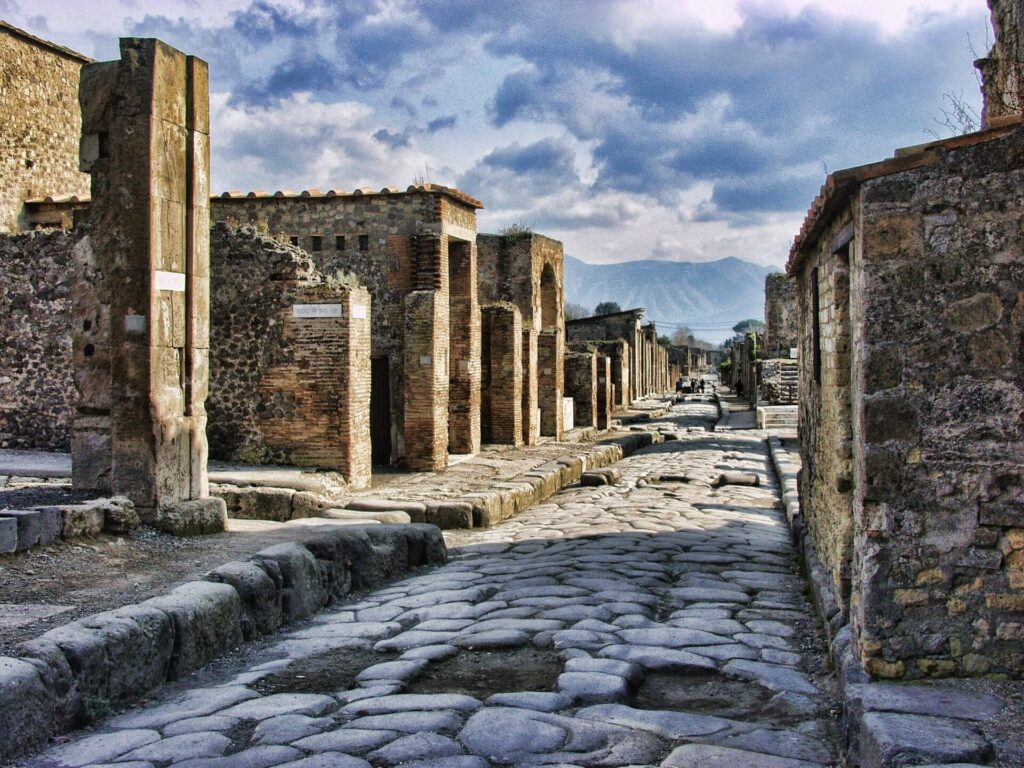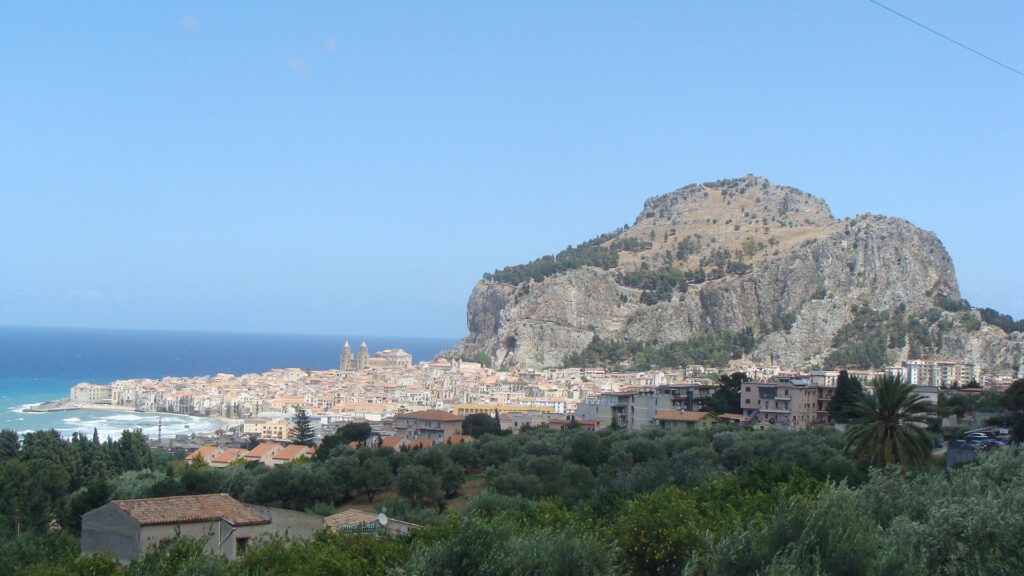Italy is one of the most archaeologically-important countries in the world. From the Etruscans and Romans to the Catholic Church and its place at the epicenter of the Renaissance, the buildings, structures, and art of Italy are second to none.
This is why we have created this top 10 list of the best historical and archaeological sites in Italy. Of course, any such list is inherently subjective, with a healthy dose of personal bias, but Far Horizons has been designing archaeology trips in Europe for decades, so we at least know what we’re doing.
If anything we write in this article inspires you to travel to Italy with us, please get in touch with any additional questions you may have.
10) The Colosseum, Rome

Of course, the Colosseum had to make it onto this list. This colossal structure was built between 72 AD and 80 AD, started by emperor Vespasian and completed by Titus.
The Colosseum held the ancient world’s greatest sporting events and could support over 50,000 spectators. There were gladiatorial games, animal hunts, and even mock sea battles where the arena was flooded and ships were brought in. Even by today’s standards, the Colosseum is an engineering marvel.
9) The Cattedrale di Santa Maria Assunta, Orvieto
The final stop on our Tuscany & Umbria Archaeology Tour, Cattedrale di Santa Maria Assunta isn’t nearly as appreciated as it ought to be.
Also known as Duomo di Orvieto, this Umbrian cathedral was built in the 14th century. But, like most old cathedrals, different parts of it were rebuilt or renovated over the years, creating a tapestry of architectural styles, from Romanesque to Gothic.
8) The Pantheon, Rome

While we’re already in Rome, let’s look at an entirely different kind of Roman structure: the Pantheon. This is widely regarded as the best-preserved ancient Roman building in Rome, and this status will be immediately apparent when you enter.
The current building was built between 113–125 AD and it originally contained statues of various ancient Roman gods. However, in 609 AD, it was converted into a Catholic church and named Basilica of St. Mary and the Martyrs. Today, the word ‘Pantheon’ is still used to refer to it.
The intentional hole in the top of the Pantheon’s domed roof lets in rays of sunlight that cast down onto the floor, creating a magical effect. This effect is even more striking when it rains.
7) The Baths of Diocletian, Rome
The Baths of Diocletian were the largest baths of the Roman Empire, and they were built in 298 AD. This complex covered a staggering 13 hectares and could hold up to 3,000 people at a time.
As you explore the baths, imagine what it would have been like in its former glory, packed with steam and people, buzzing with conversation and laughter.
And if we’ve inspired you to visit Rome with Far Horizons, you can find out more about our Rome and Southern Italy Tour.
6) Pompeii, Near Naples

Pompeii is one of the most famous archaeological sites in the world — and its fame is more than deserved.
When the eruption of Mt Vesuvius covered the port city of Pompeii in hot ash in 79 AD, the world assumed that was the last they’d ever see or hear of Pompeii. Little did they know that the ash had essentially preserved the city in its final tragic moments.
A visit to Pompeii is as humbling as it is amazing. Other than the nearby Herculaneum — which suffered the same fate, there is nowhere else in the ancient world that has been so perfectly frozen in time.
Explore the villas, admire the Roman art and architecture, and see the local people in their houses and on the streets. There is nothing quite like Pompeii, so make sure to set aside a reasonable amount of time to explore it.
5) The Necropoli della Banditaccia, Rome Province
This site was declared a UNESCO World Heritage Site as recently as 2004, and it is one of the highlights of our Etruscan Tour of Italy.
The Necropoli della Banditaccia dates back to the 9th century BC, long before the Romans. This is the largest necropolis of the ancient Mediterranean world, and its many streets and squares are packed with fascinating details to discover.
While this is a city of the dead, it is arranged like a normal city, which gives us insight into how the Etruscans organized their cities.
4) Chiusi, Tuscany
While the Necropoli della Banditaccia offers insight into 9th-century Etruscan civilization, Chiusi was a flourishing town between the 7th and 5th centuries BC.
Chiusi was one of the most important towns in the Etruscan Dodecapolis — a confederation of twelve cities. The ancient remains tell the tale of how Etruscans lived, from the Poggio Renzo Necropolis to the tomb of Las Porsenna, an Etruscan king famed for waging war against Rome.
There is also Chiusi’s National Etruscan Museum, which is arguably the best place in Italy to observe and learn about the Etruscan civilization.
3) Cefalù, Palermo

Cefalù is part of the UNESCO Arab-Norman Palermo and the Cathedral Churches. The town’s cathedral was built in the Arab-Norman style, its construction started in 1131 AD.
This town was initially settled by the Greeks in the 4th century BC, taking its name from the rock jutting out from the coast. Over time the population joined the Roman Empire, after being defeated in a great battle.
Despite its colorful history, it is the 12th-century cathedral that impresses us most, with its Byzantine motifs and a beautiful cloister — this cathedral is a smorgasbord of architectural and artistic delights.
2) Agrigento, Sicily
This ancient city was originally founded by the Greeks in 582 BC. The city was one of the greatest in the Magna Graecia, during Ancient Greece’s Golden Age. In its prime, Agrigento may have had a population as large as 800,000.
We visit Agrigento on day 8 of our Sicily Tour: Art & Archaeology. This incredible complex contains many of the best-preserved ancient Greek structures and art outside of Greece.
Seeing such impressive ancient Greek structures in Sicily is a reminder that the modern borders and territories that delineate Europe are relatively new. The older Mediterranean civilizations were part of an ever-changing story of immigration, commerce, and war.
1) Syracuse, Sicily

Syracuse is widely regarded as the single most important ancient Greek city outside of Athens. A UNESCO World Heritage Site, this area was first settled by Corinthians in the 8th century BC.
Here, you can explore the Neapolis Archaeological Park. You can visit the great Altar of Hieron, which was built for the public celebration of animal sacrifices.
You can also explore the Greek Theater, which is one of the largest in the ancient Greek world, and it is still in use today. There is also a stunning 2nd-century Roman amphitheater to explore. All of this and more make Syracuse one of the best archaeological sites in Italy.
Art History Tours of Italy and much more…
We hope this list of Italy’s top 10 historical and archaeological sites has inspired you to begin planning your next travel adventure! Explore our 2024 Calendar of Archaeology Tours and learn all about our forthcoming tours worldwide.



